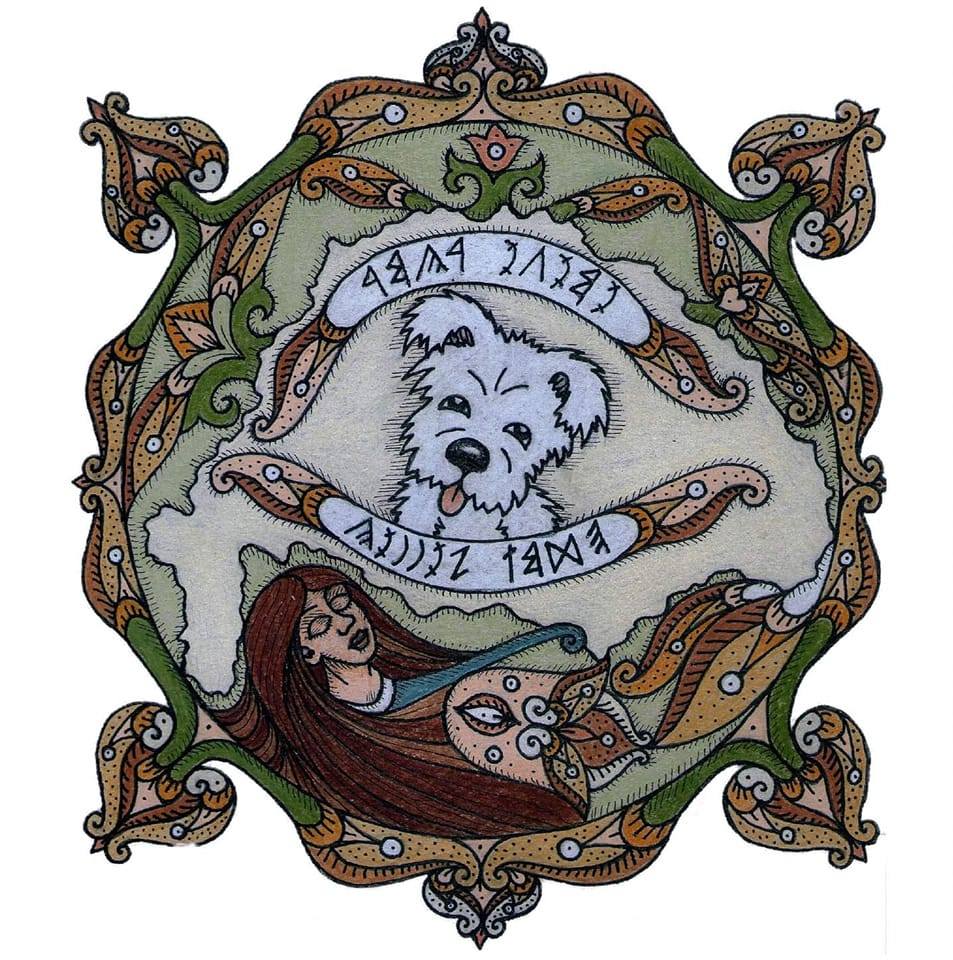The pumi

The Pumi breed was developed in Hungary during the 17th-18th centuries from local herding dogs and the imported German and French upright-eared, terrier-like dogs. Since the early 20th century, it has been recognized as a distinct breed. It is a medium-sized, highly energetic, and playful shepherd dog, with its terrier traits particularly visible in the head: the snout is elongated, and its ears are upright, with the upper part bending forward. Its body and limbs form a square shape, with a solid bone structure and firm, resilient muscles. The tail is set high and curls in a ring over the back.

The Pumi's movement is dynamic and energetic, with short steps making its gait bouncy and agile. Its trot is light and harmonious, with the floating phase being noticeable, while its canter is fast and nimble. The coat consists of curly or wavy locks, never smooth, and only rarely corded. The coat is made of stiff outer hairs and a soft undercoat, ideally in a 50-50 ratio. The Pumi comes in various color variations: black, white, gray, and different shades of fawn. The coat can be shaped with hand stripping, and scissor trimming is allowed for the head and limbs.

Originally a herding dog, the Pumi is capable of independently managing hundreds of animals. It works bravely with larger livestock and is an excellent rodent and pest controller. As a watchful guard dog, it will immediately alert its owner to even the slightest movement or noise. While it is also suitable for luxury living, its high activity level requires an active owner. The Pumi excels in modern dog sports like herding, agility, and puller. Intelligent, teachable, and with strong opinion-forming abilities, the Pumi often communicates loudly. Its energetic and proactive behavior manifests in every movement, with shyness and sluggishness being completely foreign to the breed.
Source: Hungarian Pumi Club
